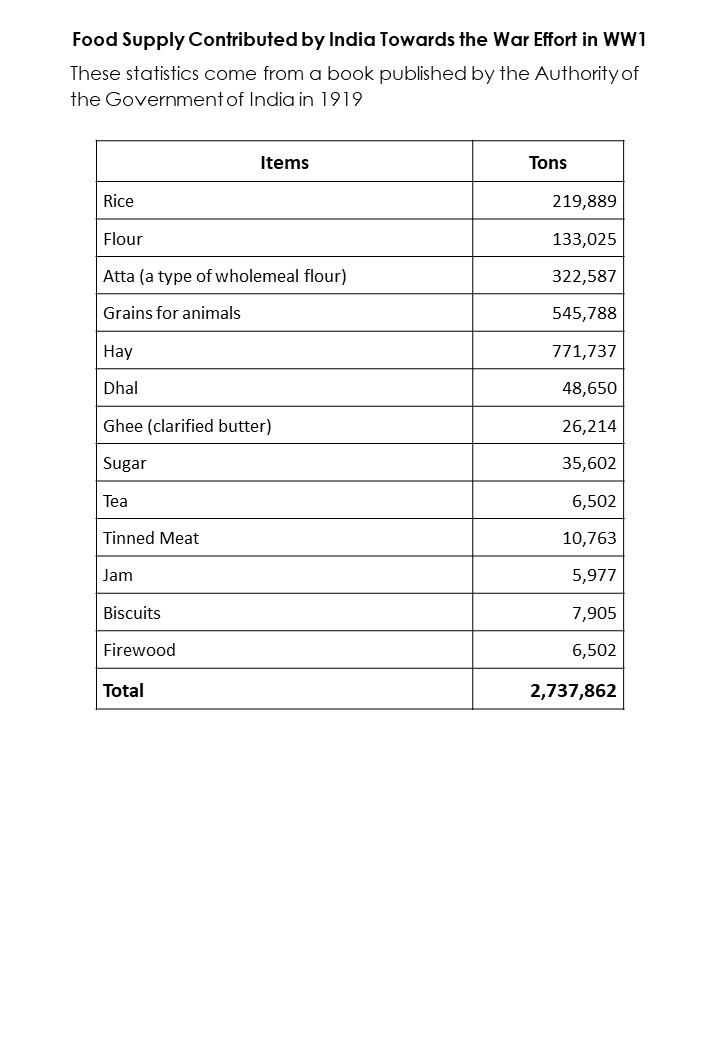Content warning: The text and images of this lesson plan mention themes of battlefronts, war casualties, colonialism and colonial participation in wars. It also sheds light on commemoration and memorials. It is possible that some students may be triggered or traumatised by the mention of some of these themes, teachers are advised to forewarn students about the same.
This learning story is focused on the First World War and within it on Undivided India’s contribution to the war effort as a colony under the British. The intention is to highlight colonial participation for a war that had until its centenary in 2014 held a Euro-centric view with the narrative of the colonial participation remaining unacknowledged and reduced to footnotes in academic work.
Until 1947 India remained as an undivided nation which incorporated modern day India, Pakistan and Bangladesh. During World War 1, India was a British colony who aided the British empire on the promise that dominion status would be given to them at the end of the war, meaning that India would still be part of the British Empire, but as an independent community. However the promise to grant dominion status was not kept.
India was a major source of human and other resources for the British Empire during WW1. After the Caribbean plantation colonies declined, India became the major supply of cash crops such as jute, cotton and tea to Britain during the War (Bagchi,.2014). In terms of other resources India also exported materials such as leather, clothes for the army, railway tracks and army ammunition. A publication by the Indian Government in 1919 lists the amounts of many goods and resources exported from India to Britain for the war effort, including 172,815 animals. India also contributed immensely towards the demand of cereals and other food shortages during the war. This led to the sudden rise of food price in India which burdened the urban poor and agricultural labourers in India who depended on this market for their everyday needs.
The value of all the materials sent by India for the war amounted to 250 million pounds. India also made a direct cash contribution of 229 million pounds.
The data below documents of all the food supply contributed by India towards the war effort in WW1. The data are taken from a statistical book that was published by the Authority of the Government of India in 1919. It shows the extent of the contribution that India made to help keep Britain supplied during the war. The full table can be downloaded from the Resources section.
